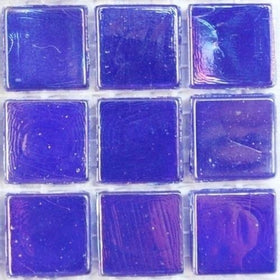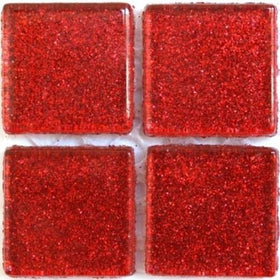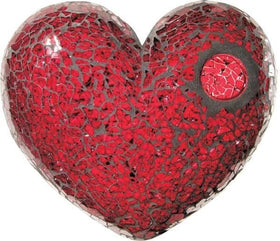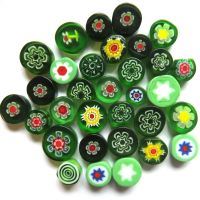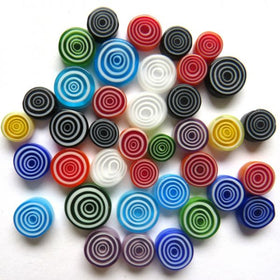Mosaic Portraiture: Past & Present
Mosaic Portraiture: Past & Present
Much historical information is gleaned from clues contained in artwork. The time honoured tradition of mosaic portraiture provides us with many tidbits of information about the times in which they were created. These two portraits from the Basilica of San Vitale in Ravenna Italy were created in 547. The mosaic of Roman emperor, Justinian I shows him flanked by soldiers on the right-hand side and priests on the left, indicating to viewers he was the leader of both the church and the state. His queen, Theodora is depicted carrying the sacramental wine as she and her entourage enter the church. Both Justinian and Theodora are shown with golden halos further emphasizing the importance of the state within the church hierarchy.
Mirror to the Soul
We take comfort in seeing pictures of ancestors in the family album but the time honoured practice of portraiture in the visual arts is rooted in more than just a need to establish a presence on the family tree. “The face is the mirror to the soul,” is an often used homily. We read each other’s faces to gain an understanding of what is motivating the people that surround us. At a deep level, understanding what a face may be communicating could even be linked to survival. An ability to empathise with others and understand non-verbal forms of communication is essential to members of the human herd.
The majority of us can remember the search for faces in a cloud studded sky or the configuration of rocks in a cliff that reminded us of a face. We are social creatures and facial recognition is wired into our brains from the get-go. We know that newborn babies recognise human faces from birth and given a choice will choose to look at faces of people. When looking at abstract art, it’s common for people to look for something identifiable and often they will find faces in swirling paint and textured surfaces.
Most will be mesmerized watching a face take form in the following video, UTA, as mosaic artist, Ruth Minola Scheibler creates a portrait.
Ed Chapman
Faces have certainly captured the attention of award winning British, contemporary mosaic artist, Ed Chapman. He creates portraits of celebrities using traditional mosaic materials as well as some interesting alternatives. A charity auction in 2012 saw his portrait of Jimmy Hendrix, created using five thousand fender guitar picks, fetching a whopping £23,000. Proceeds of the auction went to support cancer research in UK.
In a similar vein Chapman used broken vinyl records to piece together a mosaic image titled “Ziggy Stardust” and three thousand and nine sugar cubes went into a stunning portrait of Lord Alan Sugar. Chapman humorously referred to the Alan Sugar portrait as, sugar cubism.




